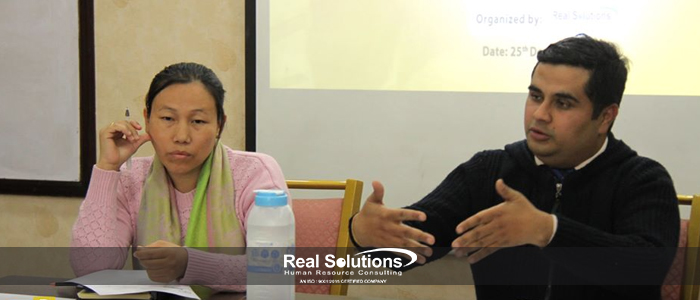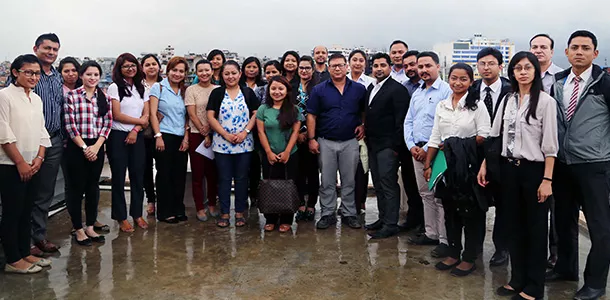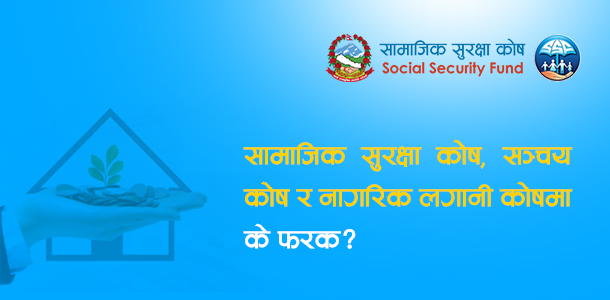
85th HR Kurakani organized on “Diversity and Inclusion - Understanding your Employee”
Category: HR Kurakani | Date: Dec. 31, 2019, 11:35 a.m. | Total Views: 3271
The 85th HR Kurakani was held on 25th of December, 2019 at the office of Real Solutions, in Minbhawan, New Baneshwor. HR Kurakani is a platform organized by Real Solutions to discuss specific topics within the Human Resource domain, with the aim of improving Human Resource Management in Nepal. It is held periodically once every month, specifically the last Wednesday of the month, in the English calendar.
For the 85th Edition of HR Kurakani, the primary topic in focus was, “Diversity and Inclusion - Understanding your Employee”. The Kurakani began with a formal introduction of all the participating members and the Kurkani was moderated by Mr. Bishal Dahal, Diversity and Inclusion Manager at Real Solutions Pvt. Ltd. The participants at the discourse consisted of HR executives from a very diverse range of industries such as IT, construction, finance, hospitality and more.
What is Diversity and Inclusion?
The word diversity refers to various types of differences among people and the mostly used definition is “any attribute that another person may use to detect individual differences.” While accurate, it is quite broad.
Meanwhile, The Society for Human Resource Management (SHRM) defines diversity as “the collective mixture of differences and similarities that include, for example, individual and organizational characteristics, values, beliefs, experiences, backgrounds, preferences, and behaviours”. Inclusion however is closely related, but a separate concept from diversity. SHRM describes inclusion as “the achievement of a work environment in which all people are treated equally and respectfully, have equitable access to opportunities and resources, and can contribute fully to the organization’s success. Diversity asks “who can we bring into our organization? where Inclusion asks “How can we make them feel welcome after they get there? said Mr. Dahal.
“While discussing the topic of diversity and inclusion at workplace, we mean that all individuals have equal opportunities, regardless of their ethnicity, political beliefs, country of origin, sexual orientation, race, ability, gender, age, location, or even personal interests”. Diversity asks “who do we bring into our organization?” Inclusion asks “How do we make them feel welcome when they get there?”, he added.
Diversity Types:
- Visible diversity: that you may see are the things that we cannot change readily, such as physical appearance, age, culture, ethnicity/ race, nationality, gender etc.
- Invisible diversity: It includes traits that are not readily ‘seen’. This could also be termed ‘experience’ or ‘values’, such as thought, perspectives and life experiences which may include education, family status, values and beliefs, working-style preference, and socioeconomic status.
Equality vs. Equity
In the context of social structures, equality and equity apply to similar but slightly different concepts. Equality generally refers to equal opportunities and equal levels of support for all segments of society. Equity goes a step further and refers to offering different levels of support based on the need to achieve greater fairness of results.
Layers of Diversity Dimension:
Personality: This layer includes an aspect related to individual's likes and dislikes, values, and beliefs.
Internal Dimension: These include aspects of diversity over which we have no control. These dimensions include the primary things we see in people, like race or gender and on which we make many assumptions and base judgements.
External Dimension: These include aspects of our lives which we’ve some control over, which could change over time, and which usually form the idea for decisions on careers and work styles.
Organizational Dimension: This layer concerns the aspects of culture found in a work setting. While the attention of diversity efforts is focused more on the interior dimensions, problems with preferential treatment and opportunities for growth or promotion are impacted by the aspects of this layer.
Benefits and Costs of Diversity and Inclusion:
- Improved creativity and Innovation
- Recruitment and Retention- Inclusive and diverse workforce enhances employer’s ability
- Market Strengths
- Branding
- Global Integration and local differentiation
Implementing Diversity and Inclusion strategy:
- Executive Commitment
- Preliminary Assessment
- Infrastructure creation
- System Changes
- Training
- Measurement and Evaluation
- Evolution and Integration
In the discussions, it was agreed upon that, Diversity and Inclusion in the workplace is not only good for employers and employees, but is also good for the welfare of the company. Everyone will be more open-minded with their colleagues with a Diverse workplace. Also, having diverse workers benefits the company because they could be the ones to make positive ties with other companies and bring in new customers.



